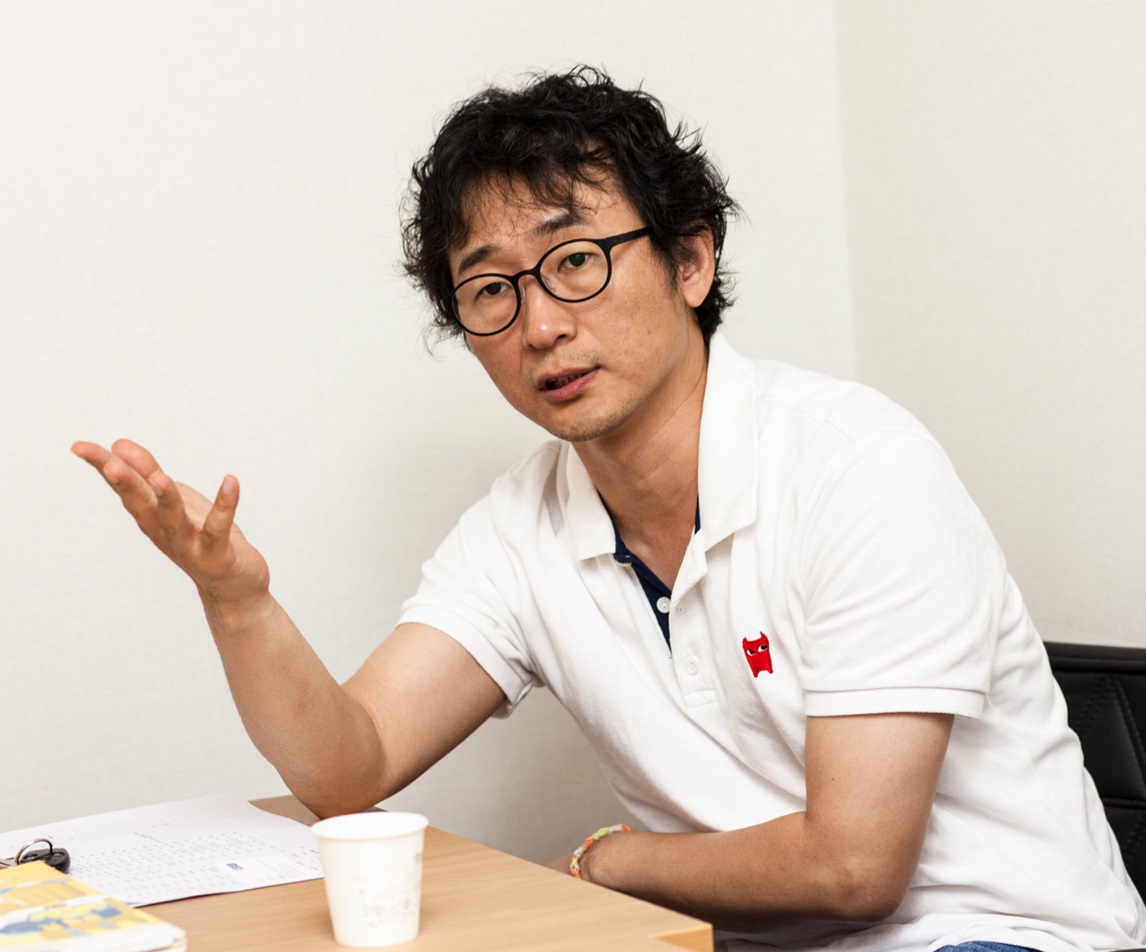KIM Wu-hyeong, born in 1969, belongs to the second generation of Korean cinematographers who studied abroad, thus training in a system whereby the director of photography is also responsible for the lighting, as opposed to the formerly common practice in Korea. He is also known as one of the boldest cinematographers when it comes to camerawork. After studying cinematography at the London Film School, he took part in the filming of JANG Sun-woo’s <Timeless, Bottomless>...
More
KIM Wu-hyeong, born in 1969, belongs to the second generation of Korean cinematographers who studied abroad, thus training in a system whereby the director of photography is also responsible for the lighting, as opposed to the formerly common practice in Korea. He is also known as one of the boldest cinematographers when it comes to camerawork. After studying cinematography at the London Film School, he took part in the filming of JANG Sun-woo’s <Timeless, Bottomless> (1997), a collection of fictionalized vignettes and straight documentary footage about urban teens comprised mostly of hand-held camera shots. This would become his trademark, as he would later use this camera movement for his two other collaborations with JANG, including <Lies> (1999) which marked his debut as a director of photography, as well as for his first work with IM Sang-soo, <A Good Lawyer’s Wife> (2003). With <Faceless Beauty> (2004), he took the opposite approach by filming uncompromising long shots, leading him to win Best Cinematography at the Stockholm International Film Festival. He then worked on <The President’s Last Bang> (2005), IM Sang-soo’s most well-known work in Korea since it follows the crucial hours preceding and following the assassination of former South Korean president PARK Chung-hee. Besides the controversy over the representation of an authoritarian ruler still revered by a segment of the population, KIM’s photography was unanimously praised. In particular, the overhead tracking shot through the different rooms and corridors of the safe house littered with bodies is widely regarded as one of the most iconic shots in Korean film history. His international educational background allowed him to work abroad on two occasions in 2010, first with the New Zealand-Korean fantasy action <Warrior's Way> and later on <Late Autumn> (2010), a co-production between Korea, the United States and China. In the latter, which received several awards in Korea and abroad, KIM helped create an impression of intimacy between the two protagonists played by HYUN Bin and TANG Wei as they wander the streets of a foggy Seattle. In 2012, he received both the Grand Bell Award and the Blue Dragon Film Awards – two of the most prestigious accolades in Korea – for his cinematography work on the Korean War drama film <The Front Line> (2011). He has more recently found success in period pieces, having notably filmed thrilling action scenes in the reconstructed 1930s Shanghai for <Assassination> (2015), while expressing the urgency of the events with smartly positioned cameras in <1987: When the Day Comes> (2017). He is about to get wider recognition through his first collaboration with PARK Chan-wook on a mini-series for BBC, <The Little Drummer Girl> (2019), adapted from John le Carré’s novel of the same name.
Less






